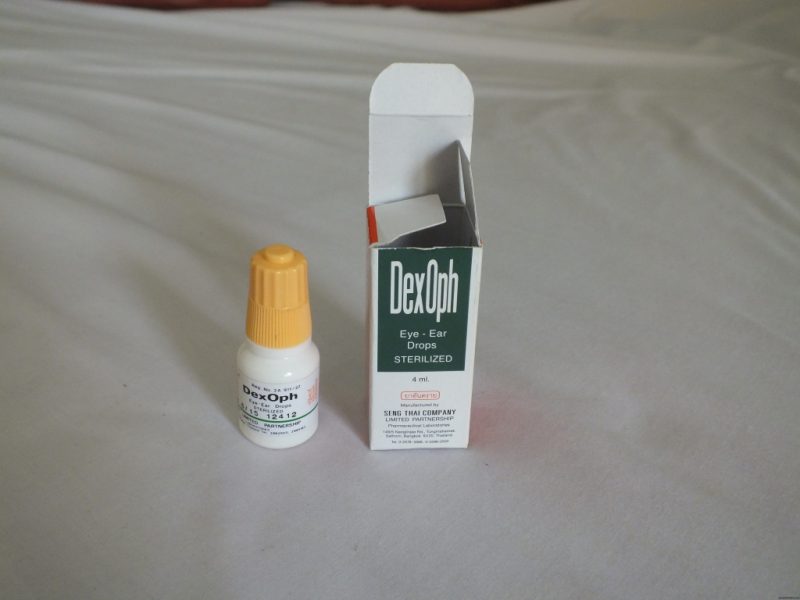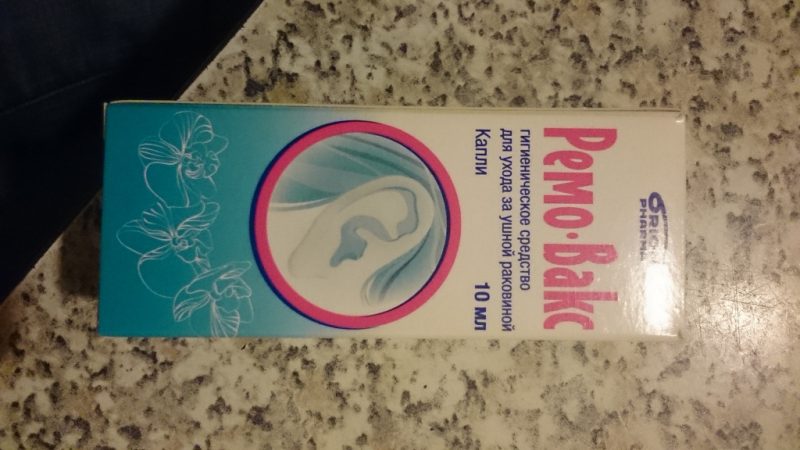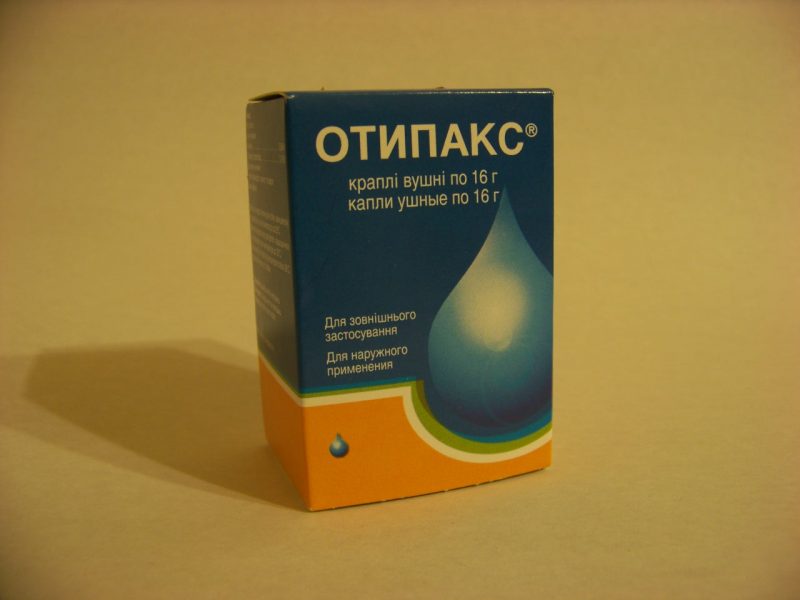Ear congestion is a common disease, but for some reason many people are embarrassed to admit it. You should not treat temporary deafness yourself with improvised means: such actions can only aggravate the situation, and headache, ringing, discomfort will only intensify. Ear drops with ear congestion stop symptoms quickly and effectively, are easy to use and do not require a lot of time.
Material Content:
Causes of Ear Congestion
Often, the cause of temporary deafness can be associated both with diseases of the organ of hearing itself, and adjacent to it, for example, the throat and nose.
Can cause congestion of the ears:
- sulfuric cork;
- external or otitis media;
- complications from a cold;
- prolonged runny nose;
- sinusitis;
- relapse of pharyngitis;
- severe sore throat;
- allergic reaction;
- osteochondrosis in the neck;
- diving;
- a sharp take-off or landing of the aircraft;
- unexpected jump in blood pressure;
- consequences of injury.
It is very important to establish the exact cause of the congestion. The treatment and the choice of the drug depend on this.
Various symptoms may accompany congestion:
- during otitis media - pain, sensation of fluid in the auricle;
- bacterial disease provokes ringing in the ear.
You can choose an effective drug only after consulting a doctor.
Drops from the accumulation of sulfur in the ear
If the cause of the stuffy ear is sulfuric plug, appoint:
- Remo-Vax quickly softens the existing sulfur plug and prevents the formation of a new one. They drip the drug in 20 drops and leave for 20-60 minutes, then it is allowed to flow freely from the ear. The process lasts about a minute.Drops are allowed for use during pregnancy.
- A-Tserumen splits the ear plug. It is buried in the ears 1 ml each and left inside for 1-1.5 hours, then the ear is washed with warm boiled water. The procedure is carried out 1 to 2 times a day.
Treatment is usually carried out for 3-4 days, after which sulfur dissolves, discomfort passes, and hearing returns to the patient.
Congestion due to sinusitis and runny nose
Very often, ear congestion is caused by diseases of neighboring organs. According to statistics, the first place in this list is occupied by nose diseases, the main sign of which is discharge from the nose and nasal congestion. In this case, apply nasally:
- Galazolin. It is effective for severe ear congestion, accompanied by a common cold. The effect of the drug is based on narrowing of blood vessels. Instill the drug 2-3 drops 2-3 times a day.
- Vibrocil. It helps with sinusitis, allergic rhinitis, some types of rhinitis and otitis media. Recommended for use by children up to a year - 1 drop 3 times / day (strictly as prescribed by the doctor!); from 12 months up to 6 years - 1-2 drops 3 times \ day; children from 6 years old and adults - up to 16 drops.
- Naphthyzine. Assign with nasal congestion, runny nose and colds tubootitis. The drug has a vasoconstrictor effect. Dosage is determined in accordance with the severity of the ailment, as well as the age of the patient. The period of use of the drug is limited, because after 5 days addiction to the drug forms.
The choice of drug depends on the diagnosis made by the doctor. The use of alternative methods prescribed by the doctor’s medicine should be agreed with the doctor in order not to minimize the effect of the recommended treatment.
Ear drops for otitis media
The advantage of drops against other drugs for otitis media is the possibility of their direct impact on the lesion site.
This is important in case of middle ear inflammation. But it is worth remembering drops - this is a serious medicine and they should be used only as directed by a doctor.
For otitis media, the following can be prescribed:
- Otipax. The drug also has anti-inflammatory and analgesic effects. Especially effective for otitis externa. And also at an early stage of otitis media, when the eardrum is not yet affected by the disease. Otherwise, drops should not be used. Otipax has virtually no contraindications. It is prescribed for both adult patients and children. On the recommendation of a doctor, drops are even used to treat infants. However, pregnant women, as well as nursing mothers, should still use the drug with caution. It must be remembered that drops can cause an allergic reaction. The drug is prescribed 3-4 drops 2-3 times a day. Dosage should be agreed with the otolaryngologist. The course of treatment is less than two weeks.
- Sofradex. The composition of the drops contains antibiotics that relieve inflammation and have a bright antimicrobial effect. The drug is prescribed for otitis media. When used, it can cause a slight burning sensation or itching in the ear area, therefore it is contraindicated in newborn children. Also, its use during pregnancy and lactation is strictly limited. Sofradex is prescribed 2-3 drops 2-4 times / day. Dosage depends on the severity of the disease.
- Anauran. The drug has anesthetic and at the same time strong antiviral effect. It is prescribed for purulent otitis media. Anauran also helps with chronic and acute forms of the disease. However, the medicine is contraindicated in babies up to 12 months. With caution, it is prescribed to pregnant women and lactating mother. The time of its use is also limited, since the antibiotics contained in the drops can cause side effects with prolonged use. Drip 3-5 drops 4 times / day.
In special cases, the doctor may prescribe other drugs, for example, Otinum, Normax, Ciprofarm.Levomycetin is prescribed with caution, since with prolonged treatment it can cause Quincke's edema or a severe allergic reaction.
What to instill with a fungal infection?
Drops are used in case of damage to the ear canal or auricle by the fungus. They are most effective from the list of drugs used in such cases, since they certainly affect the site of damage and rid the body of shock when using strong drugs inside.
Antifungal drops for the ears are divided depending on the pathogen:
- Mold fungus. From him help relieve swelling and inflammation of the auditory canal, naphthyne, which prevents the further spread of infection, as well as nitrofurgin, itraconazole and terbinafine.
- Yeast fungus. It can be cured by the inexpensive but effective clotrimazole, flucanazole, econazole, anti-inflammatory and analgesic candibiotic or fast-acting pimafucin.
Drugs are used 3 to 6 times a day. The treatment period is up to 2 weeks.
Prevention of ailment
As you know, the disease is easier to prevent than to cure. This simple but useful thought was expressed by Hippocrates, the founder of modern medicine.
In order not to get stuffy ear, doctors recommend:
- In the case of colds accompanied by a runny nose, regularly release the nose from the accumulating mucus, because it is the common cold that often causes ear congestion.
- You can’t blow your nose too much, you can’t let a part of the secretion get into the middle ear.
- With the onset of the first signs of a cold, treatment should be started immediately and the disease on the legs not tolerated. This will prevent a possible complication.
- If you often feel a stuffy ear, you should visit a doctor who can accurately determine the cause of temporary hearing loss and prevent possible hearing loss.
Hearing is important for a full perception of the world, and even its partial loss can very much interfere with a person’s work and ordinary life, so you need to carefully consider temporary ailment and consult a doctor who will prescribe the necessary treatment.


















